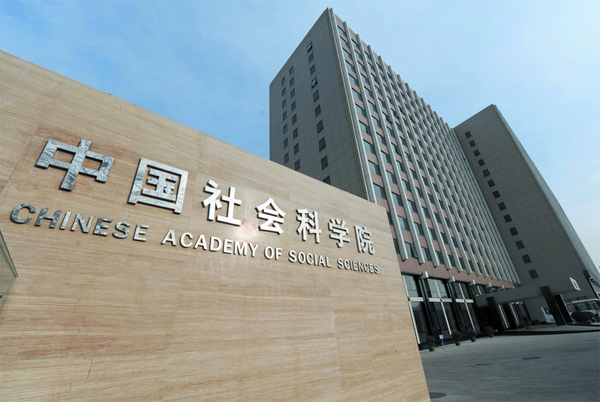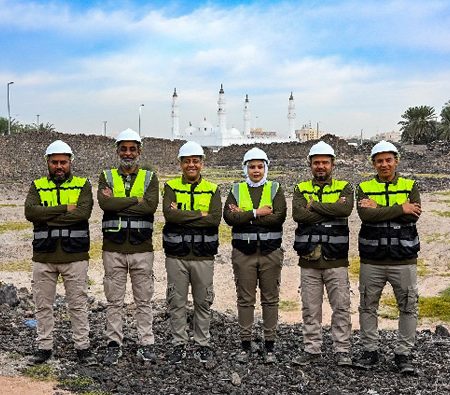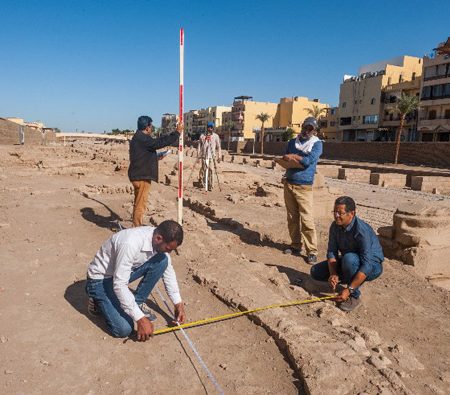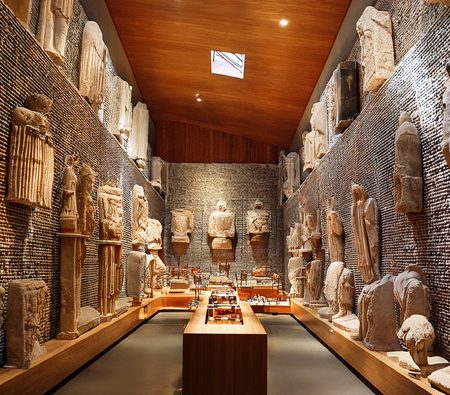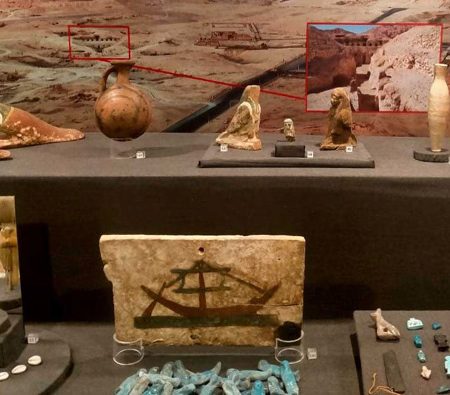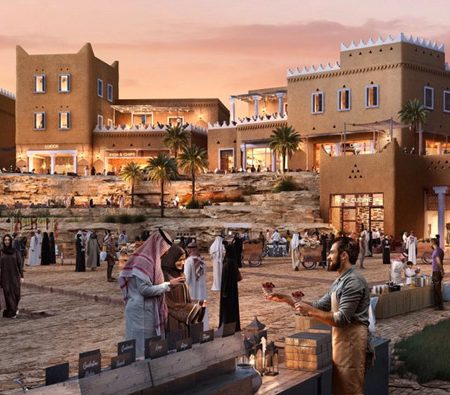Cultural & Heritage
The department is a distinguished center that combines specialized expertise with a strategic vision, playing a pivotal role in managing and implementing heritage projects with a high level of efficiency and effectiveness. The department’s methodology is based on cumulative experience of more than 27 years of continuous work in the fields of heritage and antiquities, both locally and internationally. This has enabled it to build a solid knowledge base and a broad network of relationships with relevant stakeholders. Building on this professional legacy, the department seeks to expand the scope of its services and areas of intervention, in line with the national priorities highlighted by Saudi Arabia’s Vision 2030, which places the preservation and development of cultural heritage among its fundamental pillars, as a vital element in supporting national identity and promoting sustainable development.

1. Archaeological Excavation
The specialized team in the Department of Antiquities and Cultural Heritage undertakes archaeological excavations following precise scientific methodologies. These include uncovering archaeological layers and artifacts, studying and analyzing them within their historical contexts. The findings are documented using the latest technological tools, and comprehensive scientific reports are prepared, providing detailed descriptions of the artifacts and analyses of the excavation results.
The team also contributes to producing and publishing academic research to support knowledge development and strengthen heritage preservation efforts.
Key responsibilities include:
- Planning and carrying out excavation operations.
- Studying and analyzing discovered artifacts.
- Documenting artifacts using photography, reports, and modern technologies.
- Developing conservation plans for the discovered artifacts.
2. Museums
The department is also responsible for the design and implementation of museum projects of various types. This includes the scientific curation and management of museum collections to ensure their preservation and effective display. Additionally, the department develops related content and educational programs aimed at enhancing the visitor experience and promoting cultural and intellectual awareness.
Key responsibilities include:
- Designing and implementing museum projects.
- Managing museum collections.
- Preparing museum exhibitions.
- Delivering educational services.
- Documenting museum collections.
3. Intangible Cultural Heritage
The department is responsible for preserving intangible cultural heritage by documenting all its forms—such as customs, traditions, and popular practices—and working to protect it from extinction. In addition, it promotes this heritage through various means and raises awareness of its importance as a key element in strengthening cultural identity and preserving cultural diversity.
Key responsibilities include:
- Documenting intangible cultural heritage.
- Protecting intangible heritage from disappearance.
- Promoting intangible heritage through cultural activities.
- Reviving intangible cultural traditions.
4. Documentation
The documentation of cultural heritage encompasses a wide scope that covers all heritage fields without exception. Documentation is considered a fundamental step in preservation, rehabilitation, and reuse efforts. It also supports informed decision-making based on accurate and comprehensive data.
The department is dedicated to developing integrated databases that take into account the historical, architectural, cultural, and functional aspects of all heritage elements. This aims to build a rich knowledge base that supports future research and facilitates access to information.
Key responsibilities include:
- Documenting historic buildings.
- Documenting movable antiquities.
- Documenting intangible heritage.
- Documenting museum collections.
- Developing databases.
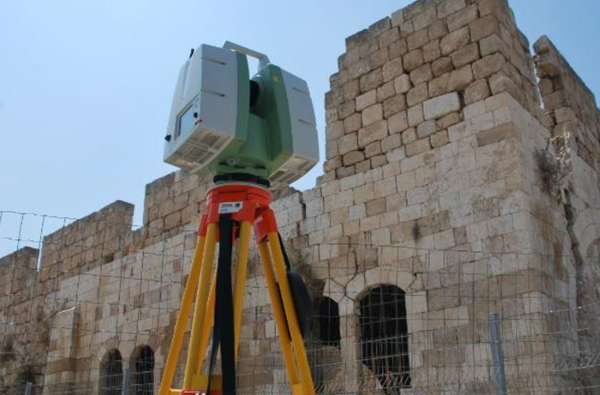
5. World Heritage
This area focuses on World Heritage sites, including the preparation of nomination files for heritage sites to be inscribed on the World Heritage List, monitoring the necessary procedures for the preservation of these sites, and preparing specialized reports related to World Heritage. These include: Heritage Impact Assessments (HIA), State of Conservation (SoC) reports, and Outstanding Universal Value (OUV) reports, among others.
Key responsibilities include:
- Preparing nomination files.
- Following up on preservation procedures for inscribed sites.
- Providing consultation for nominated sites.
- Providing consultation for the management of World Heritage sites.
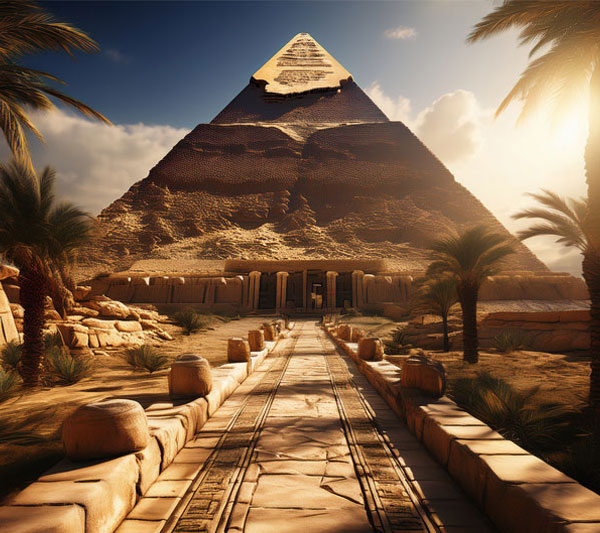
6. Restoration and Conservation
This department specializes in the restoration and conservation of movable and immovable cultural properties. This includes the protection and maintenance of archaeological and heritage artifacts, historic buildings, and architecturally significant landmarks. The specialization focuses on applying modern scientific and technical methods in restoration work to ensure the authenticity and sustainability of heritage elements for future generations. It also involves assessing the condition of these properties, developing regular protection and maintenance plans, and documenting the stages of restoration and their historical and architectural context in line with approved national and international heritage conservation standards.
Key tasks include:
- Conducting condition reports for archaeological and heritage artifacts and buildings to assess their state and determine the extent of deterioration.
- Developing comprehensive restoration plans for artifacts and heritage/archaeological buildings.
- Carrying out restoration and conservation operations for artifacts and heritage/archaeological buildings using the latest technologies.
- Performing the necessary examinations and analyses for restoration and conservation processes.

7. Risk Management at Heritage Sites and Museums
This specialization aims to protect cultural heritage during times of crises and emergencies by developing preventive plans and strategies to deal with natural disasters such as earthquakes and floods, as well as human-caused incidents like fires and structural collapses. It includes assessing potential risks, enhancing the preparedness of heritage sites, and training relevant teams for rapid and effective response, in order to minimize losses and preserve heritage from deterioration or loss.
Key tasks include:
- Assessing risks that threaten archaeological sites and museums.
- Developing emergency response and risk management plans for various types of disasters.
- Rapid documentation of artifacts and museum collections during crises.
- Ensuring the safe storage of artifacts and museum collections in times of emergency.
8. Management and Development of Heritage and Archaeological Storage Facilities
This specialization aims to preserve heritage and archaeological collections by providing appropriate environmental conditions that ensure their physical stability and long-term sustainability. It also focuses on organizing and storing these items in ways that allow researchers and interested individuals easy access for study and scientific analysis—thereby contributing to knowledge advancement and supporting documentation and conservation efforts.
Key tasks include:
- Classifying and cataloging all collections according to specific scientific standards.
- Safely storing items in suitable environmental conditions using specialized tools and cabinets to protect them from damage and deterioration.
- Managing and regularly updating storage inventory records.
- Ensuring proper storage conditions, including temperature and humidity control.
- Facilitating access to collections for researchers and scholars.
9. Cultural Heritage Technology
This department aims to provide innovative solutions by leveraging modern technology to support, protect, and enhance cultural heritage sectors. This includes the use of advanced digital tools such as 3D scanning, geographic information systems (GIS), and digital documentation. These technologies contribute to improving work efficiency, enhancing data accuracy, and expanding access to heritage content.
Key tasks include:
- Using 3D scanning technologies to document cultural properties and historic buildings.
- Applying virtual reality (VR) and augmented reality (AR) technologies to offer interactive experiences for visitors.
- Utilizing advanced database management systems to store and analyze cultural heritage data.
- Using geographic information systems (GIS) to document cultural heritage sites.
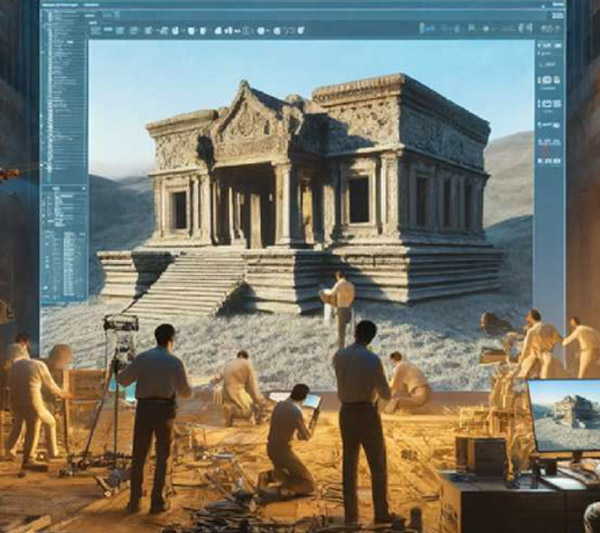
10. Training and Capacity Building
This area focuses on developing human resources and offering training programs for students and professionals working in various cultural heritage fields. Its goal is to enhance national competencies, keep pace with developments in the cultural heritage sector, and ensure the ongoing preservation of cultural heritage.
Key tasks include:
- Establishing a training center to build national capacity in cultural heritage fields.
- Designing and delivering training courses in various heritage specializations (e.g., archaeology, museums, restoration, documentation, and others).
- Targeting professionals working in the cultural sector as well as university students.
11. Content Creation, Management, and Interpretation Tools
This field specializes in the creation and management of content and interpretive tools in museums and cultural heritage sites to enhance public engagement and improve the visitor experience. It focuses on producing diverse and specialized content and providing comprehensive, well-documented information about cultural heritage.
Key tasks include:
- Producing varied written and visual content (articles, reports, texts, etc.).
- Managing and coordinating content for use across various digital platforms (websites, social media, applications).
- Designing and developing interactive interpretive tools (e.g., signage, digital info panels, augmented reality apps, virtual tours).
12. Research and Scientific Studies
This area focuses on conducting scientific research in the field of cultural heritage to deepen understanding and knowledge, develop improved preservation methods, and find innovative solutions to challenges facing heritage conservation.
Key tasks include:
- Conducting in-depth studies and producing scientific research in various areas of cultural heritage.
- Developing new methodologies for heritage conservation and management.
- Addressing current and emerging challenges with innovative, research-based approaches.
- Supporting evidence-based decision-making in heritage policies and practices.
Our Team's Expertise
Our department takes pride in the extensive experience of our esteemed members, which spans over 27 years in the fields of archaeology and cultural heritage in its various forms. This includes, but is not limited to, conducting archaeological excavations and scientific digs, conserving and restoring artifacts, and preparing World Heritage nomination files for numerous World Heritage sites such as Ancient Thebes, the Giza Plateau, Nubia, Sinai, and the Eastern and Western Deserts in Egypt; Al-Hijr in the Kingdom of Saudi Arabia; Petra in Jordan; as well as in various other countries across Asia, Europe, and Latin America.
Our experts also have vast experience in the museum field and have participated in major museum projects, such as the Grand Egyptian Museum and the National Museum of Egyptian Civilization, in addition to various international museums like the Louvre, the British Museum, and the Metropolitan Museum. We are also proud of our members’ expertise in the field of documentation and their active membership in the Documentation Committee of the International Council of Museums (ICOM).
Moreover, we excel in designing, coordinating, and implementing training programs in collaboration with various countries around the world.
Our team members are distinguished by their wide-reaching international relations with professionals in the fields of archaeology and heritage, allowing for the exchange of expertise and the organization of joint projects and events in Egypt, Italy, France, England, Spain, Germany, the Netherlands, the United States, Mexico, Japan, and China.
